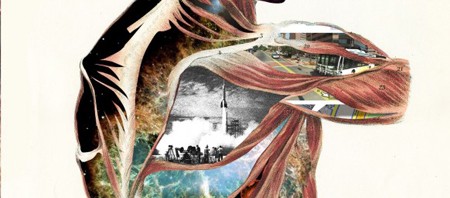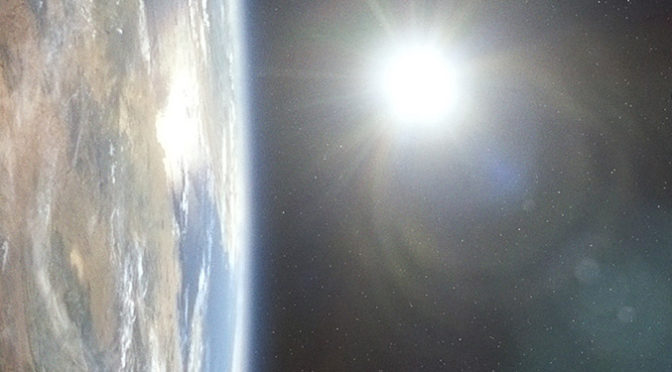Tag: Gravity
-

The Asteroid Belt Almanac
What if Poor Richard’s Almanac were reimagined for today? The Asteroid Belt Almanac, coming soon from The Head and the Hand Press in Philadelphia, is all about using this homey literary form to help us imagine the futures we’re moving toward. The old Farmer’s Almanac offered stories and interpretations of the…
-

Gravity and the Noosphere
I loved seeing Gravity. In my opinion, the Planet Earth should be nominated for a supporting-player Oscar. I drank in the massive, stunning views of the earth in the background of so many scenes—completely convincing, thanks to high-level CGI effects. At those screen-filling distances, you could make out the thin, blue-white film…
